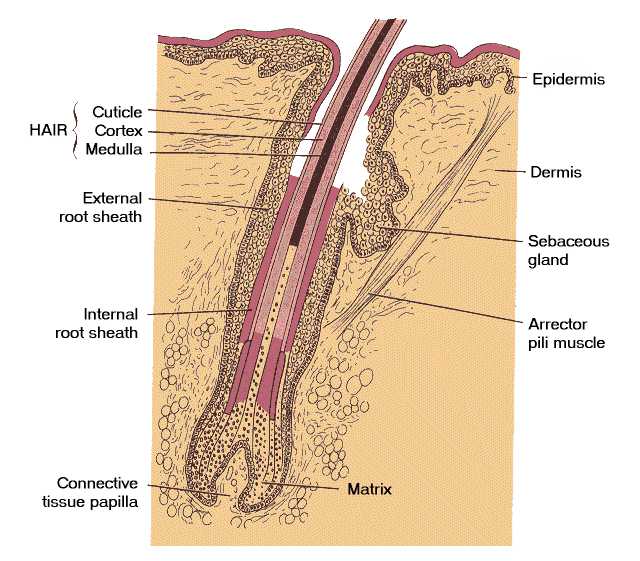FWP:
On the special, mystical power of the 'seeing eye' see {22,8}; coincidentally (?), {22,7} invokes 'every hair-root' in a related, though not identical, context.
The word kaam with its meanings both of 'work, action' and 'desire, intention' is a key to the verse. (For more on such dual uses of kaam see {22,6}.) Does every hair-root do the work of an eye, as in (2a)-- that is, does it see? Or does it only have the desire to possess, or even become, an eye, as in (2b)? It's the difference between a successful performance, and a longing for performance. And since hanuuz can mean both 'now' and 'still, yet'-- for more on this see {3,4}-- it would be possible to construct various logical relationships.
Here is an obvious, prominent one: Since the speaker has lots of hair-roots doing the work of seeing eyes, now he longs for intimacy with beauty (because he can take full advantage of it). Or, alternatively: he still longs for intimacy with beauty (despite all his failures to attain it)-- his every hair-root longs to be a seeing eye.
Is the 'hair-root as an eyeball' image grotesque? Not really, to my mind, because it's too hard to visualize the root of a hair, so the question of imaginatively trying to see it as an eyeball doesn't really arise. Nor does it in fact look at all like an eyeball. Of course, the price of escaping a too-literal grotesquerie is a rather flat abstractness: the verse gives us no real physical collelatives at all for its imagery.

Nazm:
That is, although I see with the root of my every hair, I still don't obtain intimacy with beauty; that is, I don't obtain access to the One [God]. And the reason he says that the root of every hair acts as a seeing eye is that since everything is a mirror of the manifestation of the Creator, and if this is true of nature, then every hair-root is part of nature. That is, every hair-root is showing wisdom and artifice, the way that one sees through an eye. (29)
== Nazm page 29